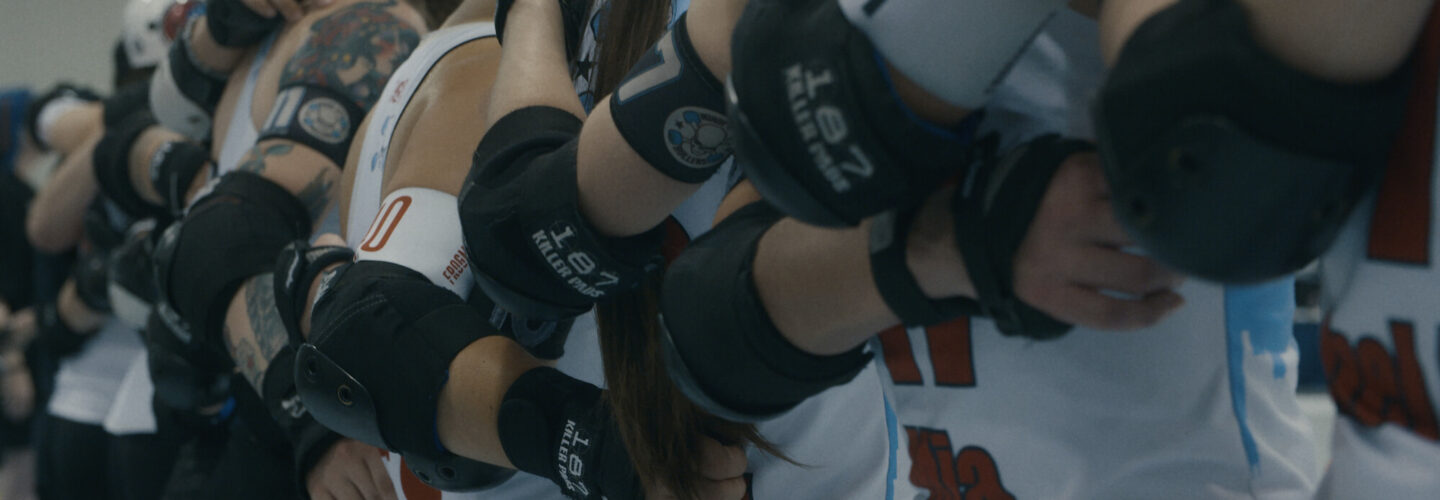
If there was ever a time to celebrate the importance of community it’s after the last year and a half. Luckily for us that’s exactly what Talia Pasqua and Simeon Pratt have done in their new documentary Round & Round which introduces us to the Windy City Rollers, a unique community built up of people from all walks of life who come together to participate in the sport of roller derby. Pasqua and Pratt take an invigorating run-and-gun approach to their filmmaking, capturing the joy and energy of the team as they question their own importance in the wake of potentially losing their practice space. DN spoke with the Chicago based co-directors about the origins of their relationship with the team, how they shot freehand then structured the film in post, and the palpable sense of togetherness they hope to bring to audiences.
How did you first come into contact with the Windy City Rollers and embark on this documentary?
Back in 2017, our producer Ben Mahoney approached me with an opportunity to edit a video for the Windy City Rollers. I remember getting the hard drive, opening up the footage in Premiere, and thinking to myself, “Oh my god, I can’t believe this is a thing. These women are so cool, I’ve got to meet them!”.
Some months later, after roping in Director/DP Simeon Pratt, we met some of the team’s key players over drinks to discuss whether or not they would be interested in letting us follow them around for a couple months. It was then that we learned the team was at risk of losing their practice space, which became our initial concept. At that time, the building they were practicing in was up for sale, and because of the zoning laws and policy restrictions in Chicago, WCR wasn’t sure where they would migrate to if they were forced to leave.
We figured we would structure the film around this conflict and spin it into a metaphor for what derby is: a community of people, from all walks of life, who come together for millions of different reasons. To find a space where confidence, strength, and security in knowing that you can build yourself and each other up is at its core. All of these things were so palpable from the moment we walked into the door of that space.
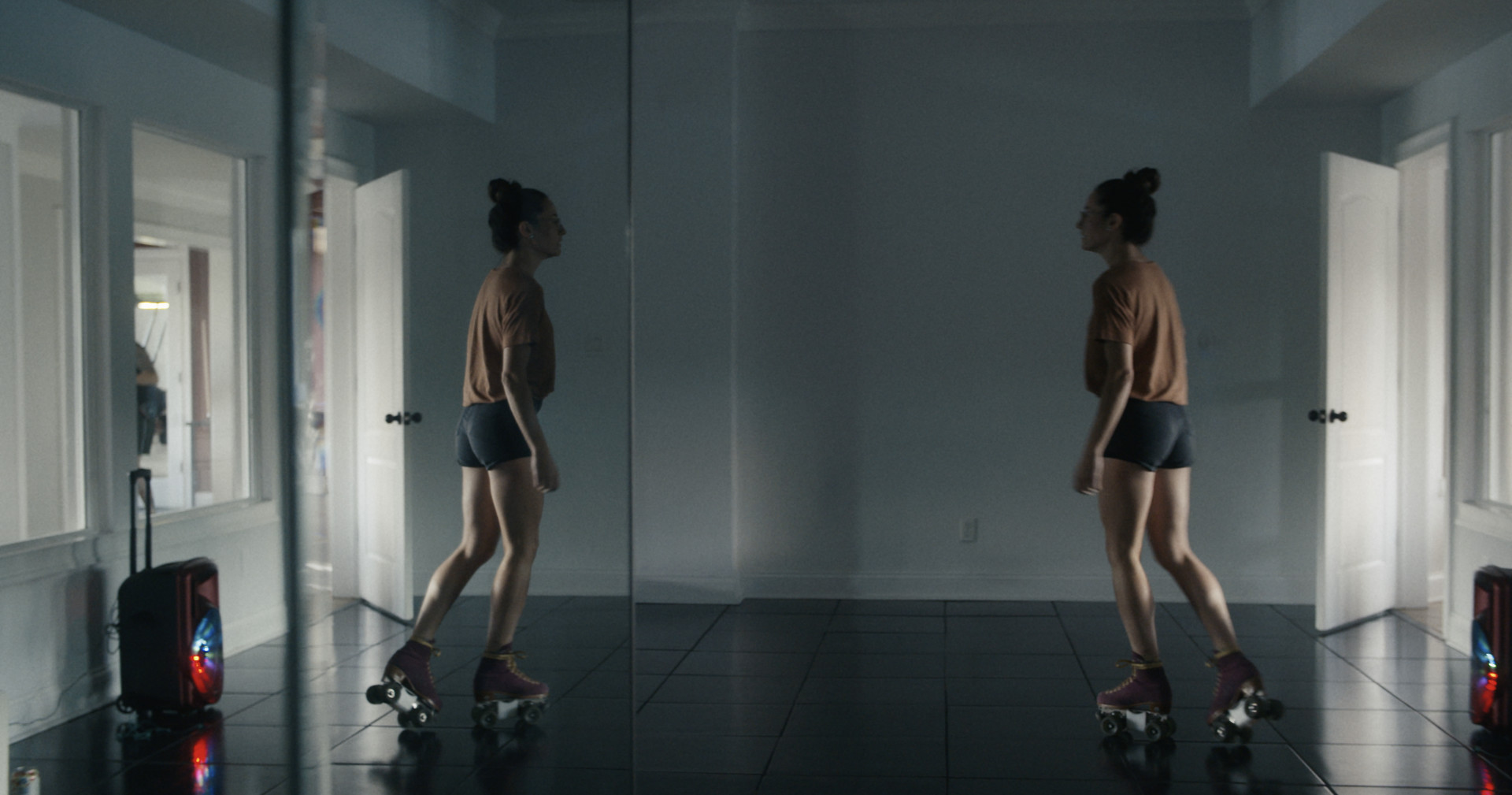
I’m always curious with documentaries like Round & Round how much is structured in pre-production and how much is put together in the edit?
After a year and a half of shooting, the space never sold and all of our lives got busy, so a lot of the film’s structure was realized in post. All of the same themes still rang true, but what was most interesting to us was hearing a lot of adverse reflections, in our interviews, about wasted time. “Did I waste my 20s?” “Should I have started a family instead?” “Is it all worth it?”. This was constantly juxtaposed against footage that was so inherently positive. Of course the irony of us finishing this film in 2021 is COVID. Editing a film that is in essence about the importance of community, during a time in which we weren’t able to connect to other humans in the ways we are all so familiar with, made the process all the more powerful for us.
We figured we would structure the film around this conflict and spin it into a metaphor for what derby is: a community of people, from all walks of life, who come together for millions of different reasons.
The sense of community amongst the team is palpable throughout. That seemed to be the central theme for me, this idea of a space where people can be together and be supportive of each other.
When I sat down to watch the footage, I felt those feelings all over again; belonging, confidence, strength, support, and love. “Did I waste my time?” “No! You found your people!” We wanted our audience to see that and feel the same way like you are with them and in some ways a part of this team we call life! I am ‘grandstanding’ here…

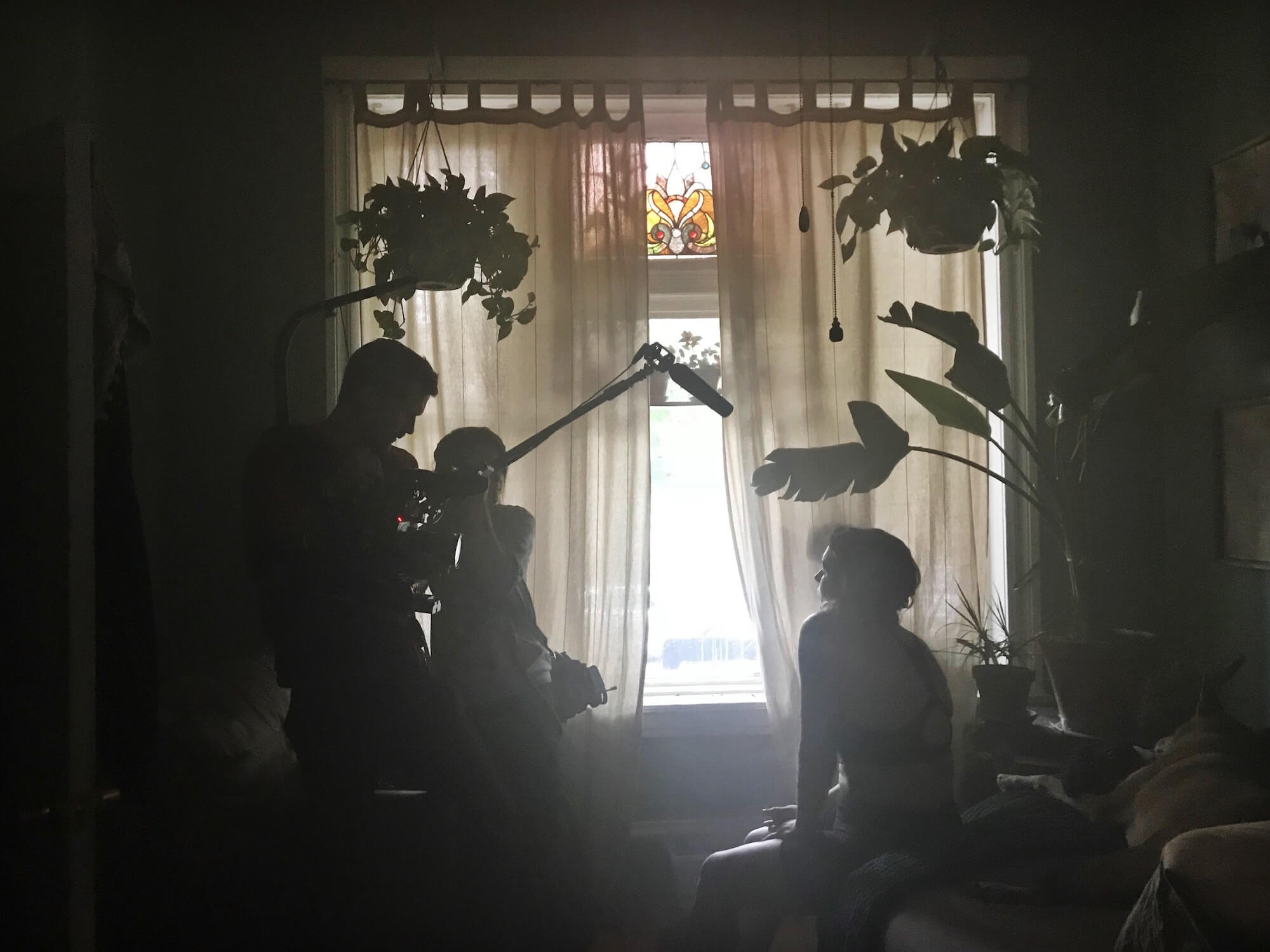
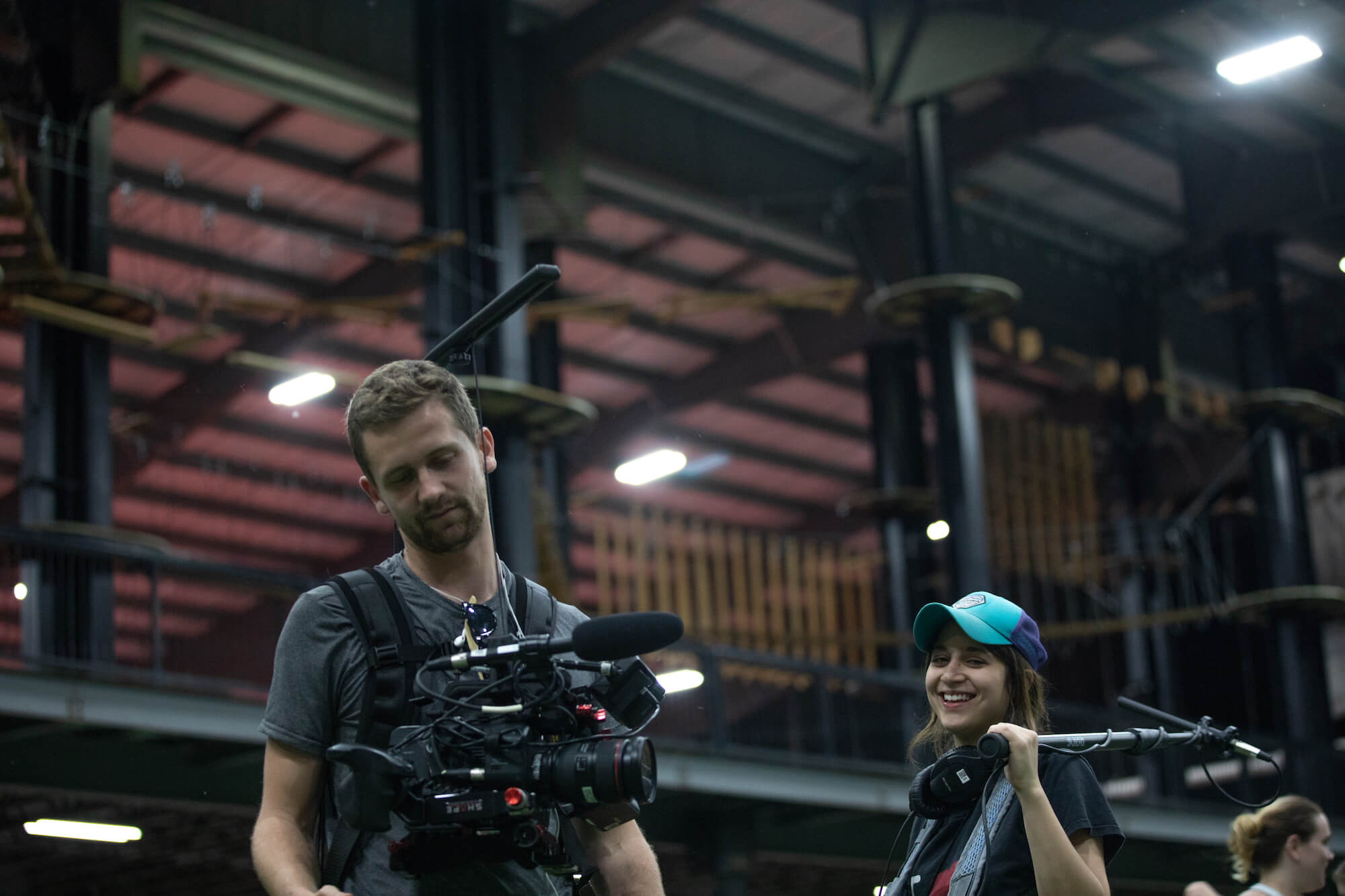
How did you find the run-and-gun approach to filmmaking?
The film was shot on the Sony FS7 with Canon L series glass. We were almost 100% run-and-gun, and oftentimes it was only Simeon and I running around with a camera and a boom pole. I had to learn the hard way how to not be in the shot. But the best part was how comfortable all our subjects were with the camera, which allowed us to be super close with them. In the end we made some lifelong friends, that is the magic of moviemaking.
Were there any specific shots of the team you knew you wanted to capture?
A lot of what we shot was observational and that was intentional. But as we got closer to our subjects we began shaping specific scenes to tailor to specific voices and themes. For example, the scene of some of the team skating to Niagara Falls was somewhat planned. We wanted to collect as many moments of everyone together as possible without facilitating too much.
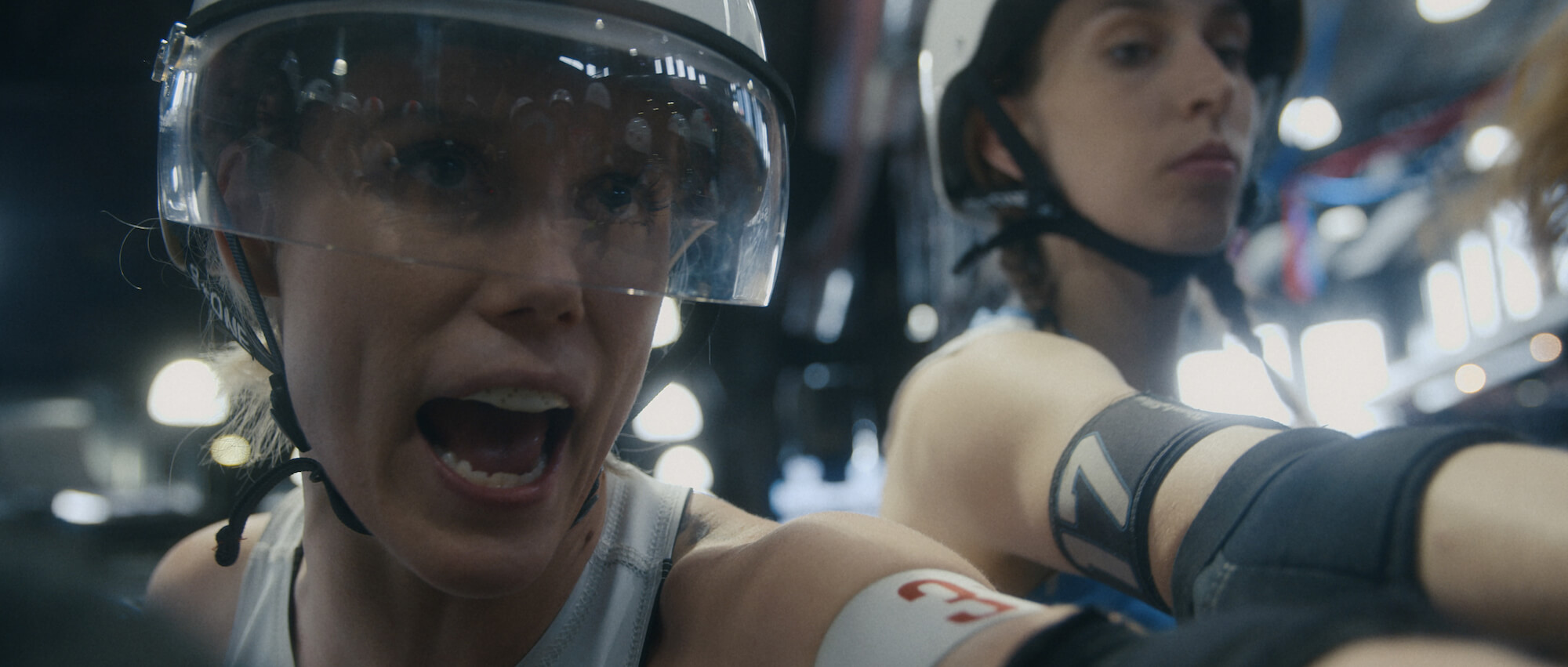
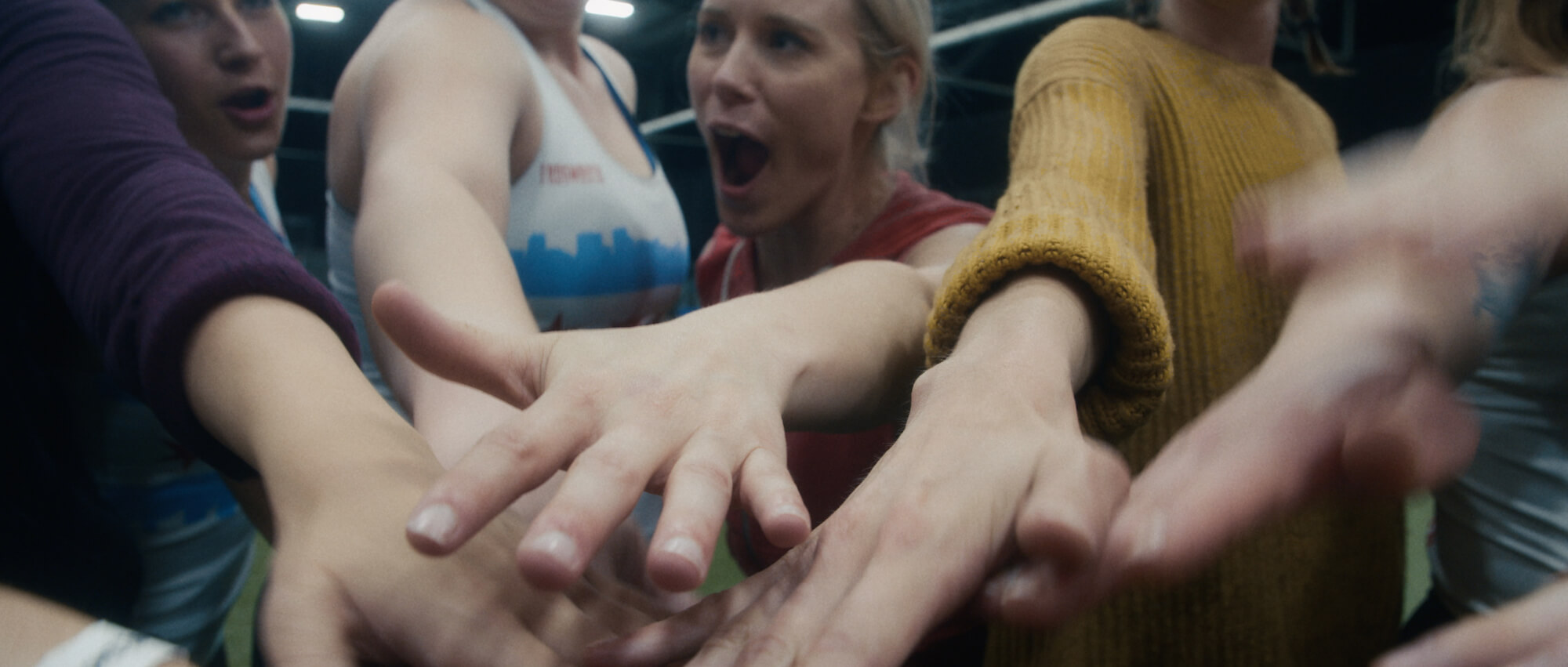


How long was post-production? Also, given your approach how much footage was left on the floor? And what was it about the footage you did use that made you opt for it?
It took about 11 months to reach picture lock and then another 2-3 months of finishing. There was a ton of footage, I couldn’t tell you how much exactly without plugging in the hard drive, haha. I’m pretty sure we have 20-25 hours of interviews alone. But most of what was left on the cutting room floor was practice footage. A lot of our first shoots were just filming practice, and part of the reason we filmed so many practices was because we knew there was going to be a period of “getting to know each other” before we could capture some of the more intimate moments. Pretty quickly we started feeling like we were just a part of the team. We were able to travel with them a few times, I think that is when we got the best stuff. Accidentally rolling the camera right before someone scored a cheese puff basket, into another’s mouth – you can’t plan those things.
When I sat down to watch the footage, I felt those feelings all over again; belonging, confidence, strength, support, and love.
What interests you most about documentary filmmaking in general?
Human connection for sure. As cheesy, or perhaps not cheesy, as it sounds – that is why we got into this in the first place. Even growing up I felt those feelings, making home movies in high school with my friends and my little brothers. I knew I wanted to chase after those feelings and moments for the rest of my life.
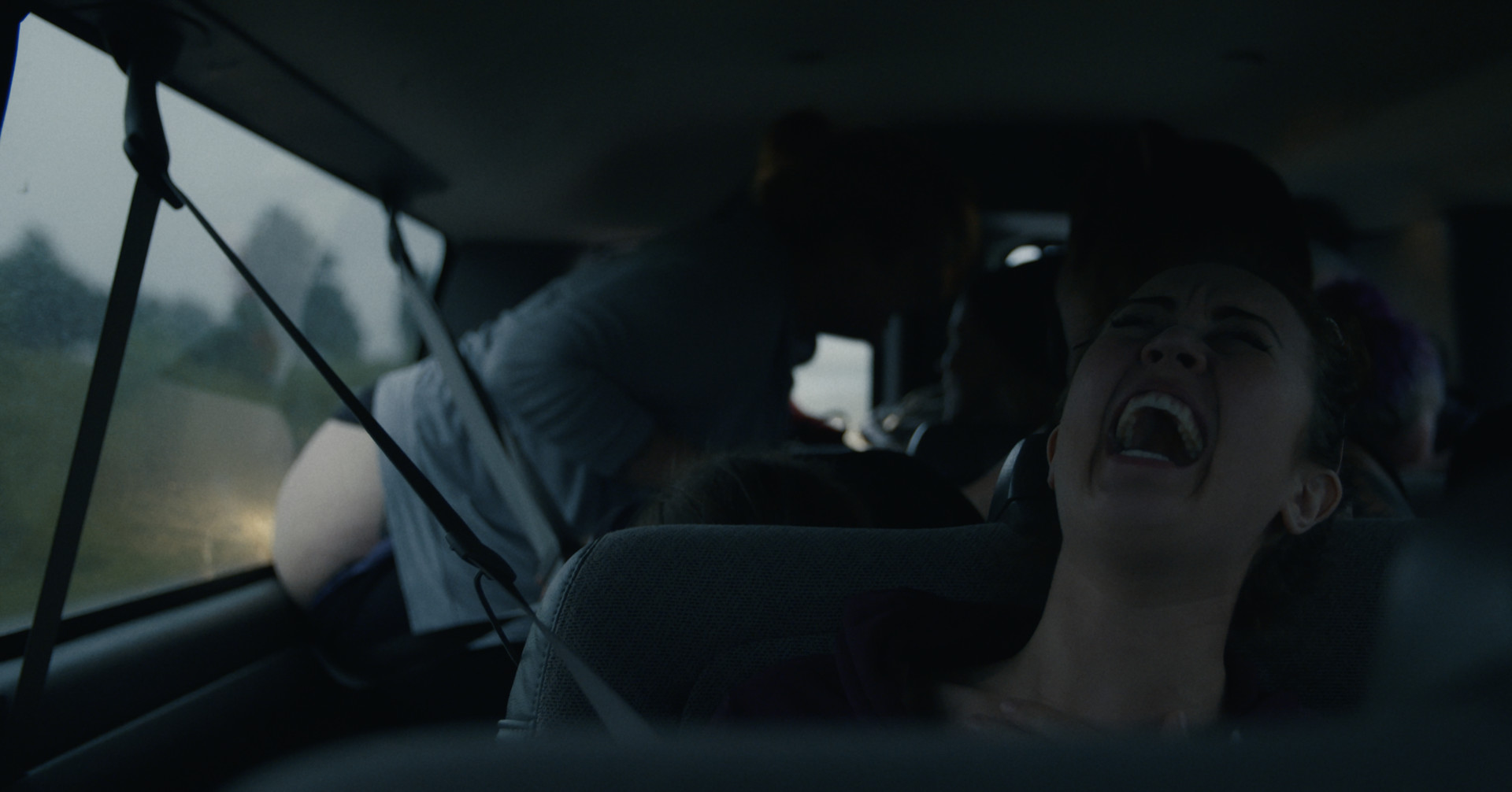
What are you both working on next?
Since we started on this journey we’ve collaborated on quite a few commercial and branded short films together. We are currently in the early stages of developing another short doc that we hope we can get off the ground very soon.

